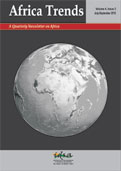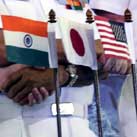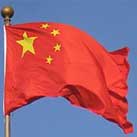Aircraft Carriers – The Keystone to India’s Maritime Security
Considering the wide expanse to be covered on both sides of the Indian Peninsula, and the possibility of concurrent operations on either side, it is imperative that India maintains an operational carrier battle group on both sides, and at all times.
- Roby Thomas
- October 30, 2019














